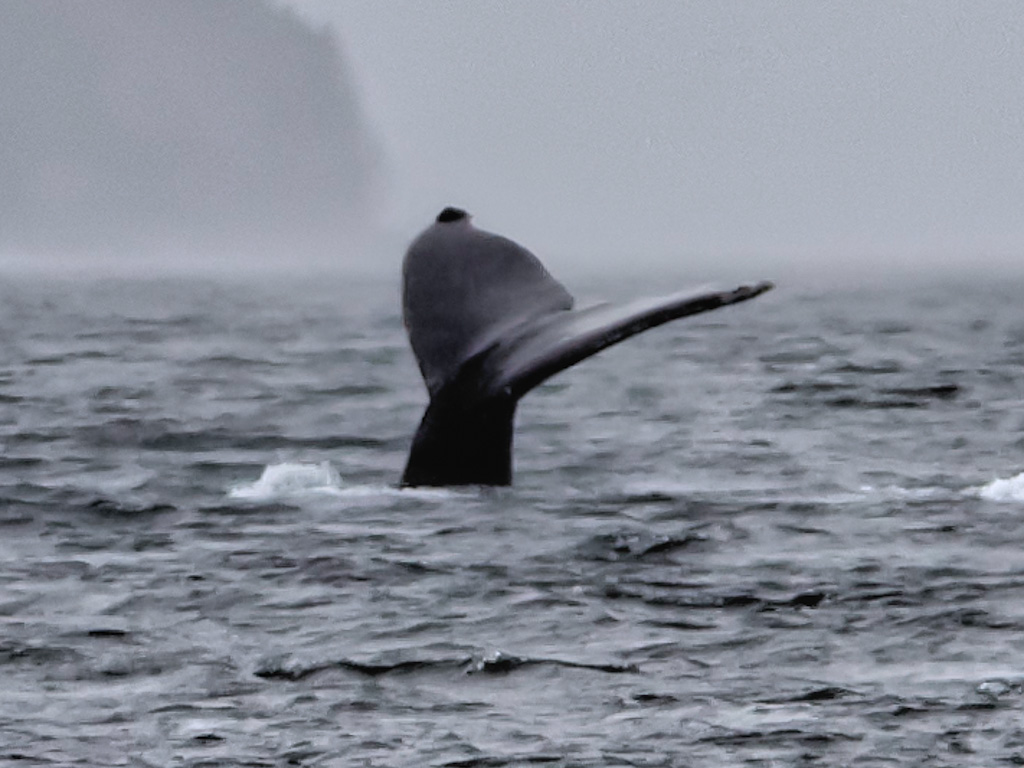
Whale watching has become a popular activity on the west coast and if you are near the ocean, you will undoubtedly encounter offers to go out. In general if you’re not sure about rough seas or whether or not you’ll get motion sickness, you’ll probably want to go whale watching on the calmest day possible. Check not only the weather forecast, but the marine forecast. If the forecast is for high winds or seas, it’s likely you will have a rocky trip. Also it is much easier to spot and photograph whales in calm water. Unfortunately, southeastern Alaska has an almost perpetual run of rainy, windy weather and these guidelines are of little use. We went out in Sitka and again in Juneau and both times it was overcast/rainy with 5-10 foot swells. If you are not sure how you will react to the motion of the ocean, think about taking motion sickness medicine. Many whale watches are several hours long, and this can be a very long time if you are not feeling well. Remember to take motion sickness medicine before you board the boat (usually 30-60 minutes prior) and take the non-drowsy version so you don’t end up sleeping the entire trip! After all of this, remember that whales are a small part of an Alaska whale watching trip. Alaska is blessed with spectacular shoreline scenery and many other marine birds and animals. In addition, in rough weather, your captain (bless their little hearts) will concentrate on smoother areas where you can get some great memories.
Boats
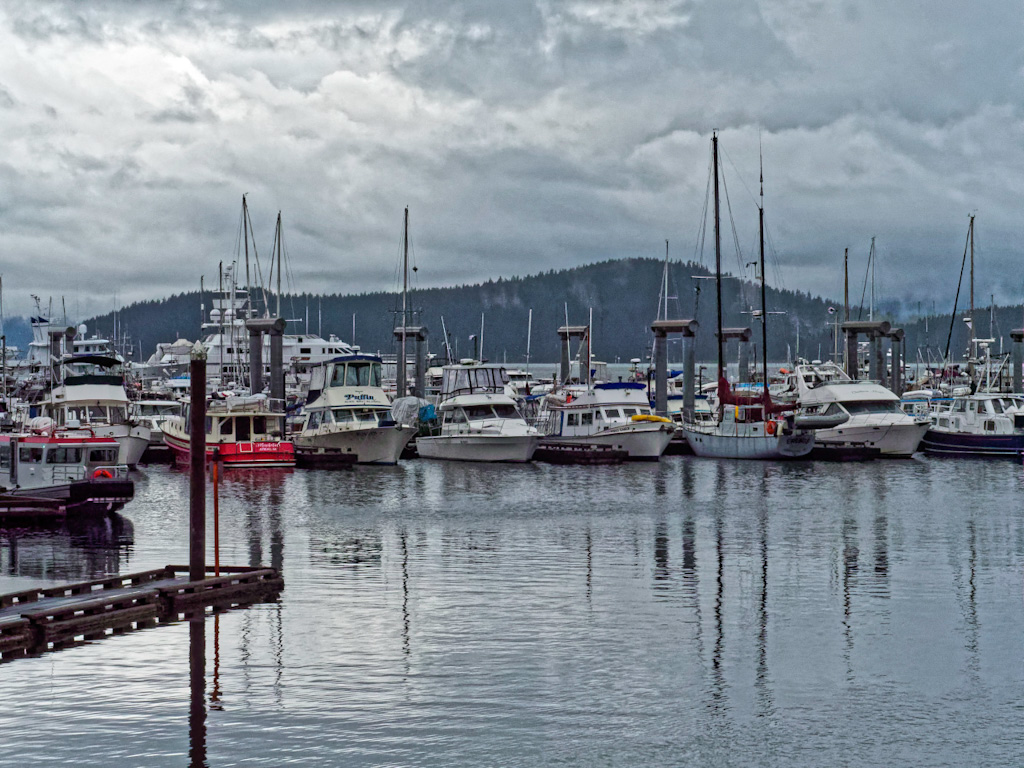
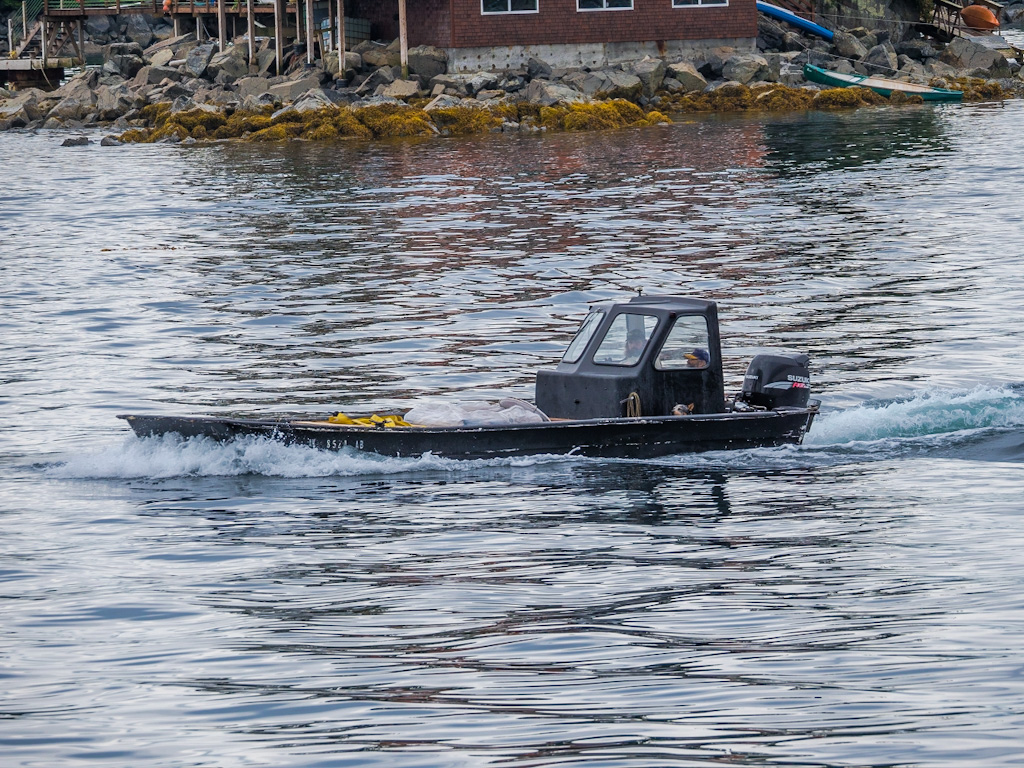
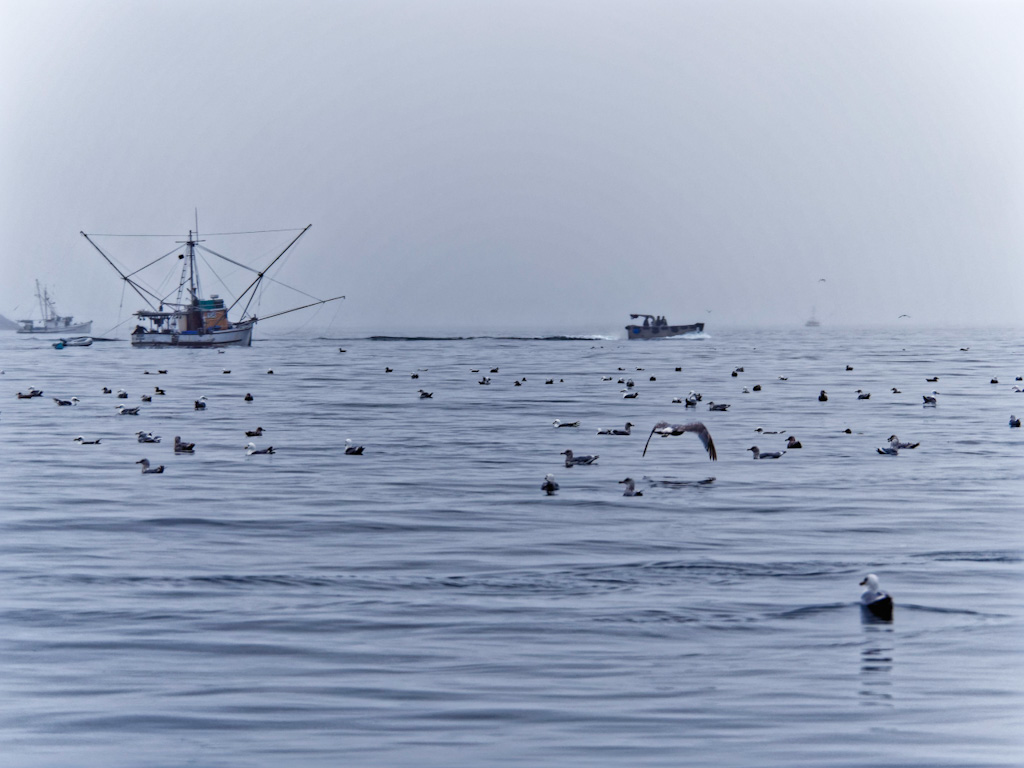
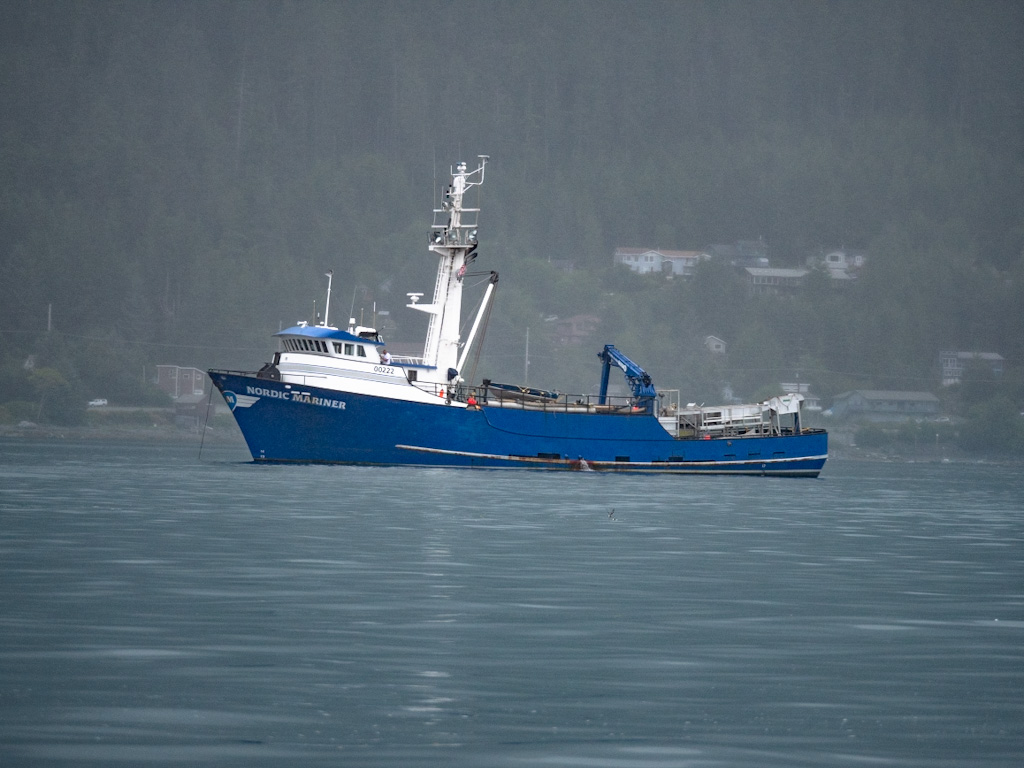

The next big choice for whale watching is the size of the boat. Boats are used in Alaska like cars, in Sitka there are just 35 miles of paved roads. Sitka served as the US Government Capital of the Department of Alaska (1867-1884) and District of Alaska (1884-1906). The seat of government was relocated north to Juneau in 1906. There are no roads out of Juneau but many places to see within the miles road system. The longest road, Glacier Highway extends 40 miles north of downtown. A large tourist boat offers stability and indoor comforts but the larger boat holds more passengers who may get in the way when capturing an elusive whale sighting. We took small boats on both of our excursions, they are more nimble and while offering a little less protection, the captains are more free to follow the animals. Just a little tip for photography in these unfavorable conditions, set you speed to at least 1/2000 sec and try to avoid focusing in too much, with 10 foot swells it is an exercise in futility.
Birds
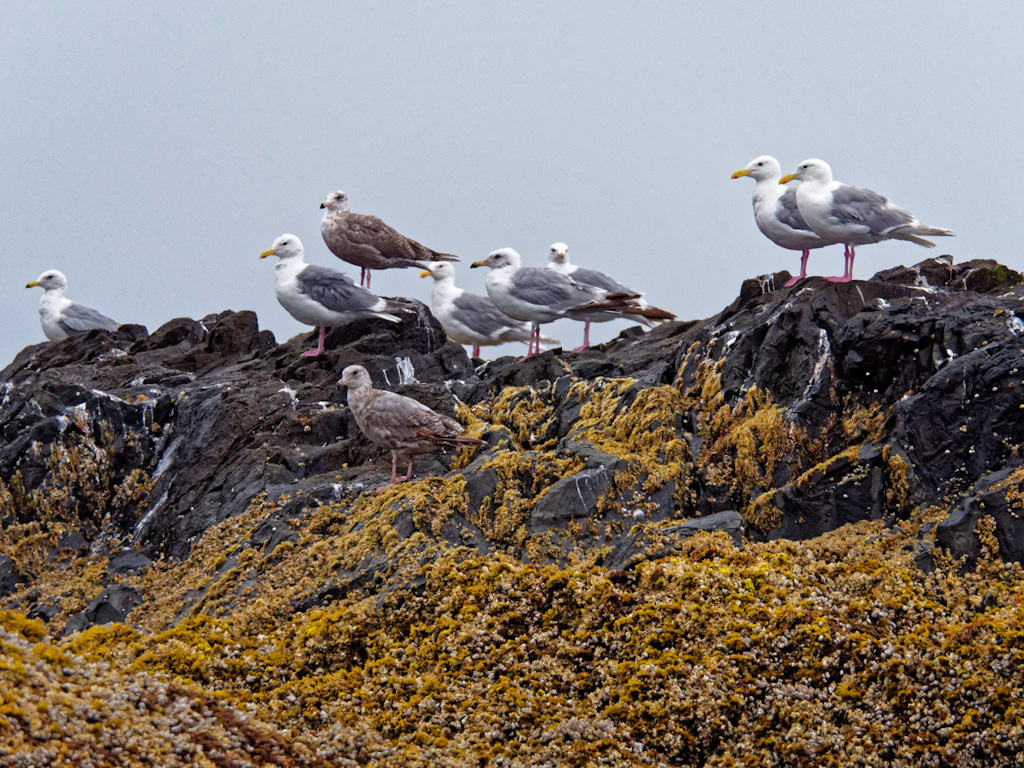
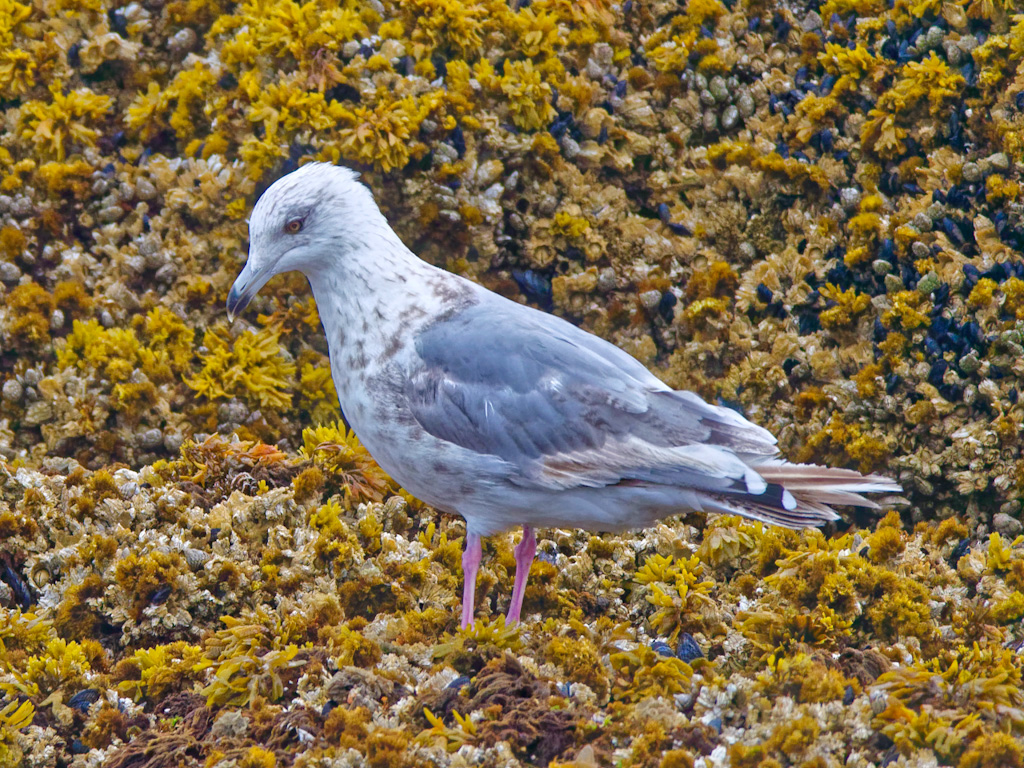
The glaucous-winged gull (Larus glaucescens) is a large, white-headed gull. The genus name is from Latin Larus which appears to have referred to a gull or other large seabird. This gull is resident from the western coast of Alaska to the coast of Washington. It also breeds on the northwest coast of Alaska, in the summertime. During non-breeding seasons they can be found along the coast of California. It is a close relative of the western gull and frequently hybridizes with it, resulting in identification problems—particularly in the Puget Sound area. This species also hybridizes regularly with the herring gull in Alaska. Both hybrid combinations resemble the Thayer’s gull. Glaucous-winged gulls are thought to live about 15 years, but some live much longer; a bird in British Columbia, for example, lived for more than 21 years, while one in the US state of Washington, lived for at least 22 years, 9 months. The longevity record though, is more than 37 years, for a bird banded as a chick in British Columbia.
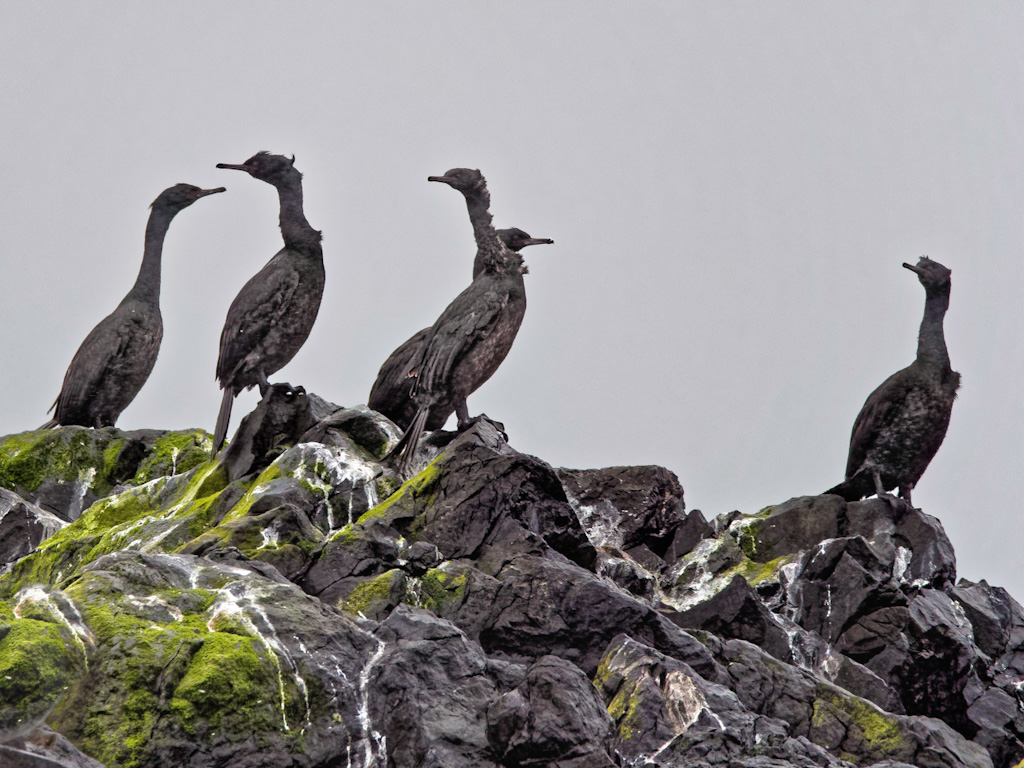
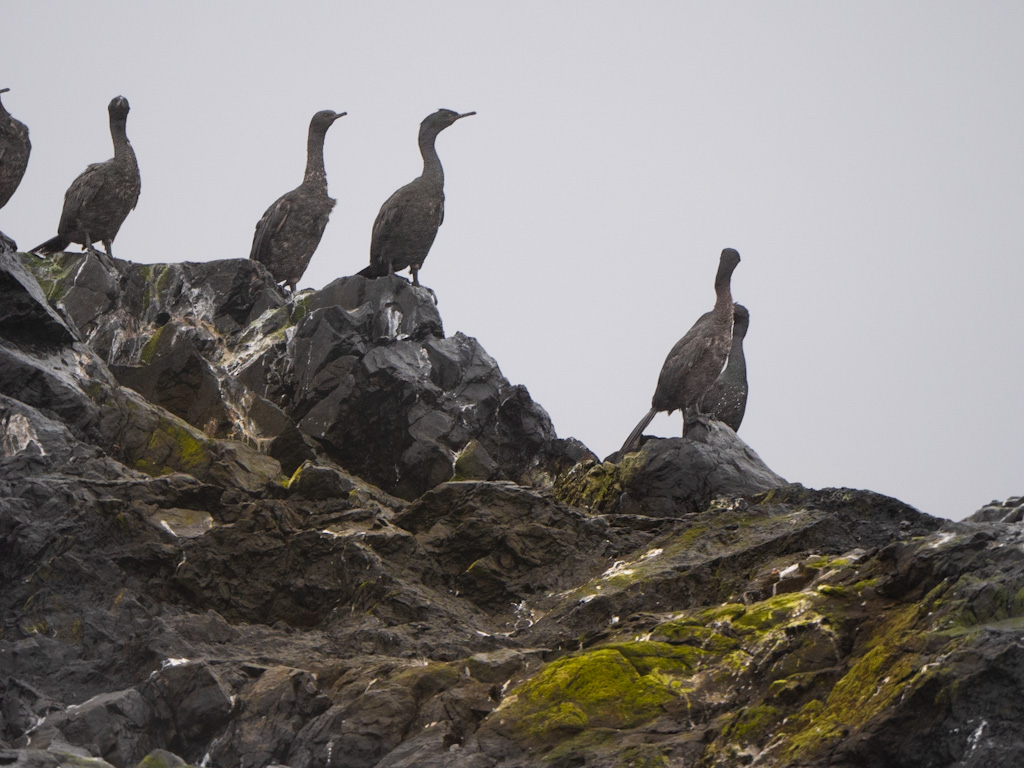
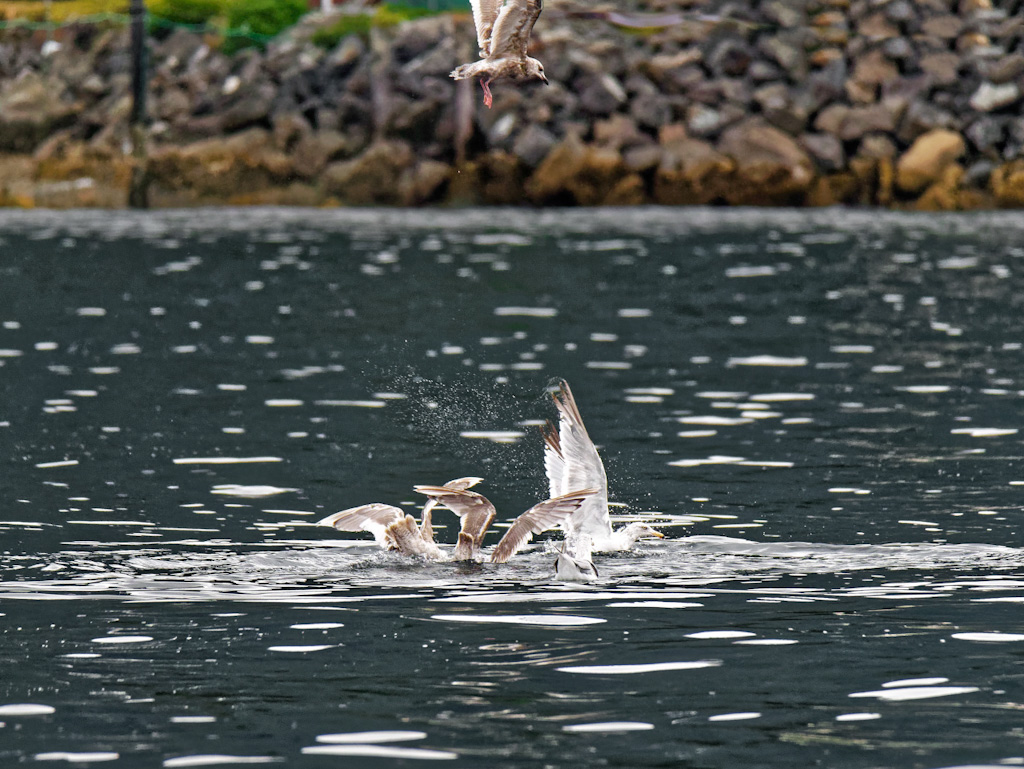
The pelagic cormorant (Phalacrocorax pelagicus), also known as Baird’s cormorant, is a small member of the cormorant family Phalacrocoracidae. Analogous to other smallish cormorants, it is also called the pelagic shag occasionally. This seabird lives along the coasts of the northern Pacific; during winter it can also be found in the open ocean. Pelagic cormorants have relatively short wings due to their need for economical movement underwater, and consequently have the highest flight costs of any bird. Adults in nonbreeding plumage are all-black with a metallic iridescence. In breeding plumage they grow two short crests (one on top of the head and one at the nape), white thighs, and scattered white filoplumes on the head and neck. The long thin bill and the large feet with all-webbed toes are black throughout the year, while the patch of dark naked skin below the eye turns a vivid magenta in the breeding season.
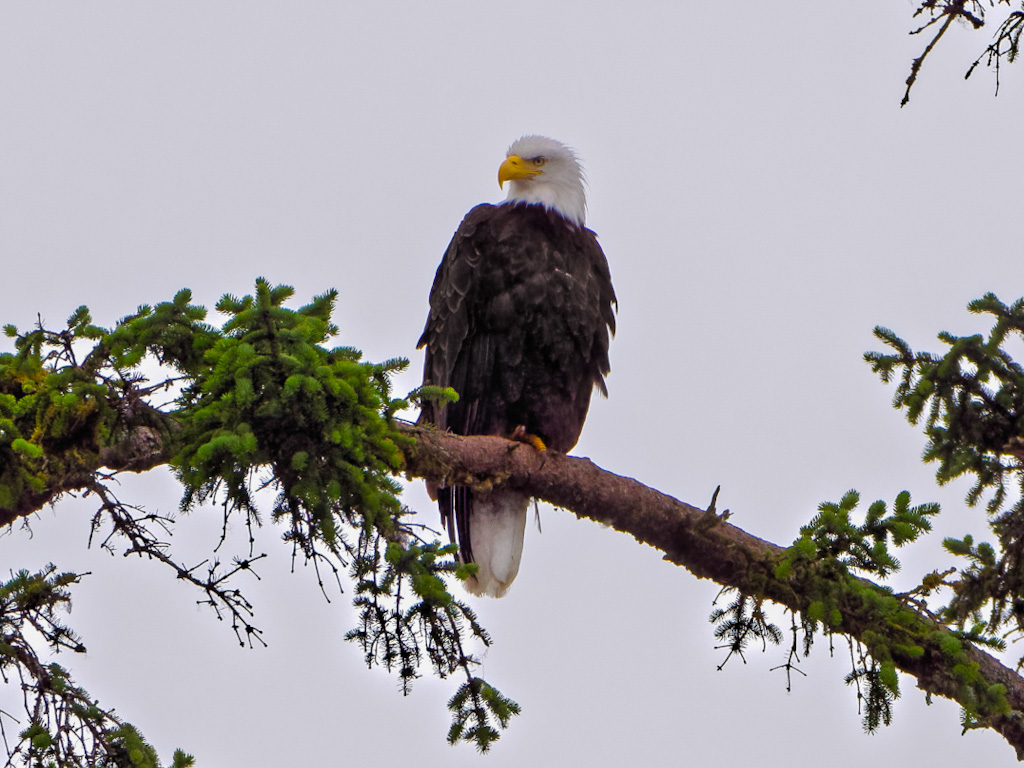
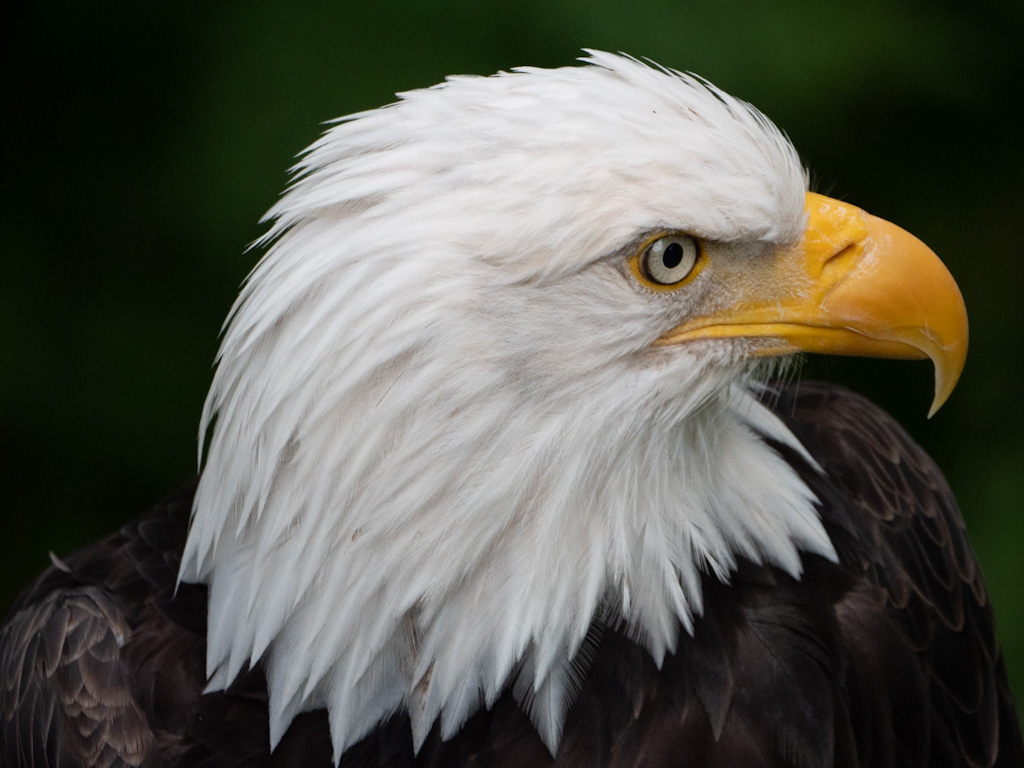
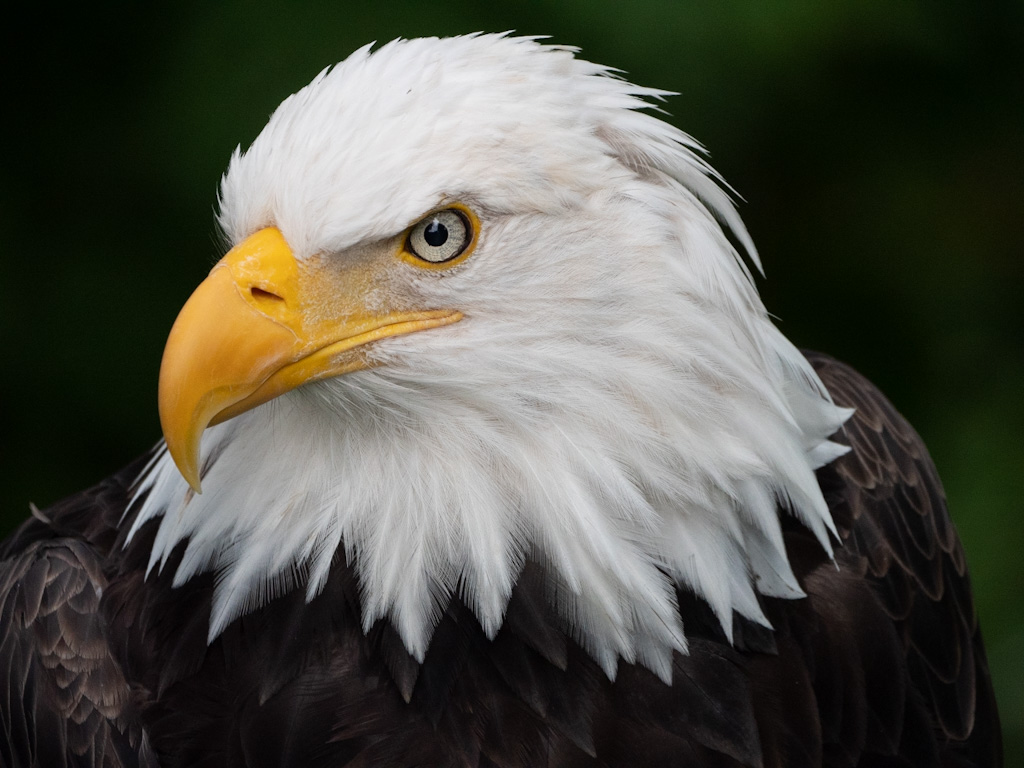
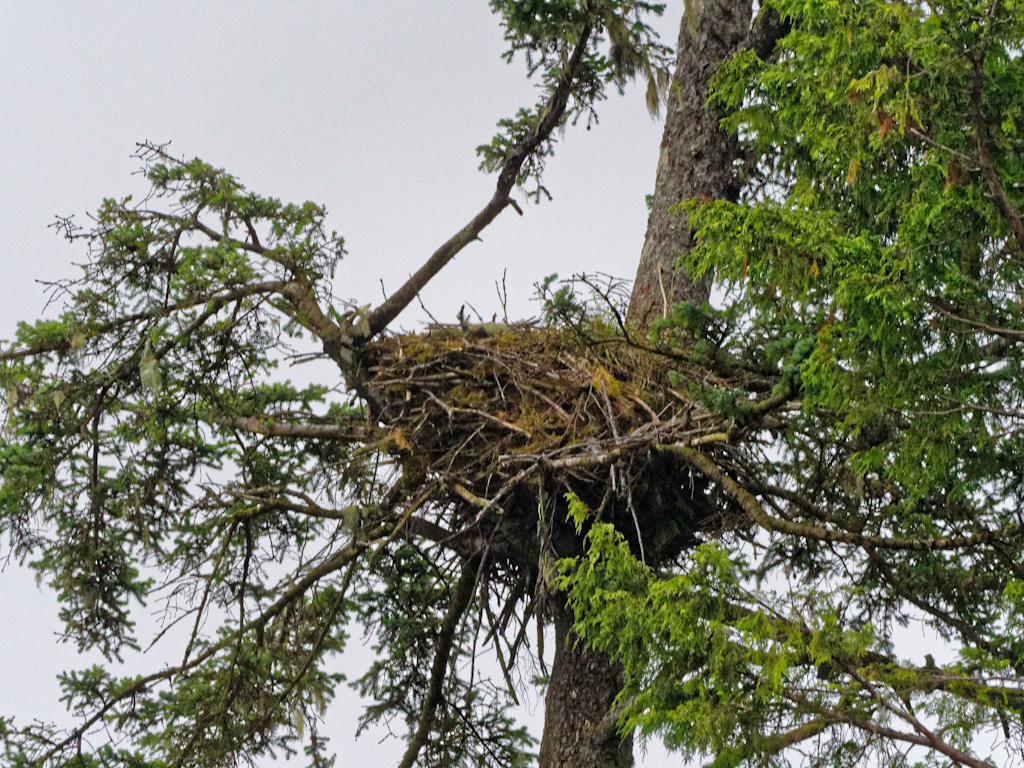
The bald eagle (Haliaeetus leucocephalus), is a bird of prey found in North America. A sea eagle, it has two known subspecies and forms a species pair with the white-tailed eagle (Haliaeetus albicilla). Its range includes most of Canada and Alaska, all of the contiguous United States, and northern Mexico. It is found near large bodies of open water with an abundant food supply and old-growth trees for nesting. The bald eagle is an opportunistic feeder which subsists mainly on fish, which it swoops down and snatches from the water with its talons. It builds the largest nest of any North American bird and the largest tree nests ever recorded for any animal species, up to 13 ft (4 m) deep, 8.2 ft (2.5 m) wide, and 1 metric ton (1.1 short tons) in weight.
Sea Otters
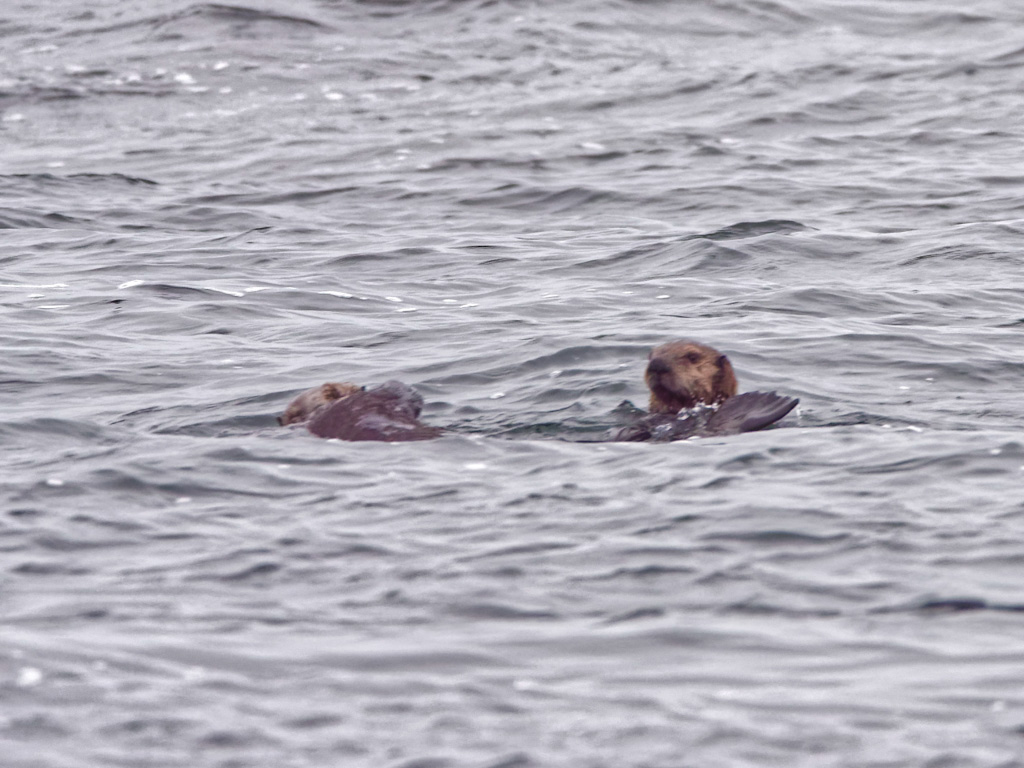
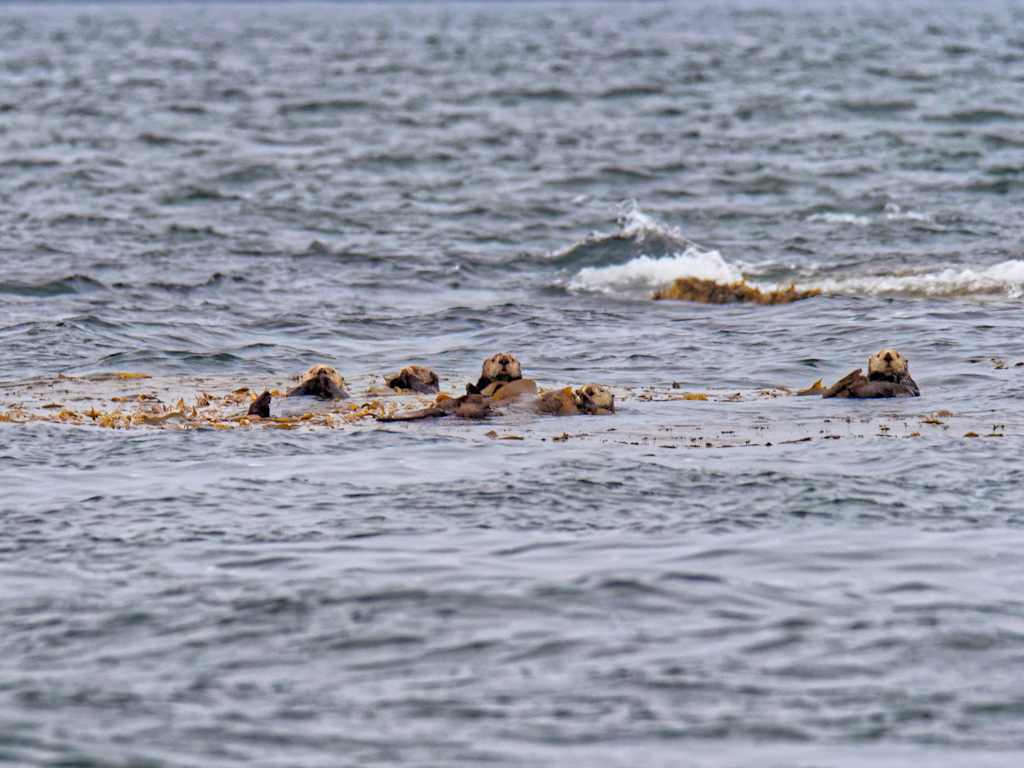
I love sea otters, they float on their back eating mollusks all day long, regardless of the weather. Sea otters live in shallow coastal waters off the northern Pacific. In the U.S., there are two distinct sea otter subspecies, the Northern sea otter and the Southern (or California) sea otter. Northern sea otters live in the waters off southcoastal Alaska, British Columbia, and Washington State. In Alaska there are three stocks of northern sea otters—the Southwest stock, the Southcentral stock, and the Southeast stock. The Southwest stock, which includes otters in the Aleutian Archipelago, the Alaska Peninsula, and Kodiak Island, is listed as threatened under the Endangered Species Act (ESA). One theory for the observed population declines is an increase in predation by killer whales. Other theories suggest that the observed declines are attributable to oceanographic changes or fisheries effects. The U.S. Fish and Wildlife Service (FWS) listed the Southwest Alaska stock as threatened in 2005 and designated critical habitat for the population in 2009. That designation includes waters out to either 100 meters from shore or out to the 20 fathom isobaths in most areas within the population’s range.
Sea Lions
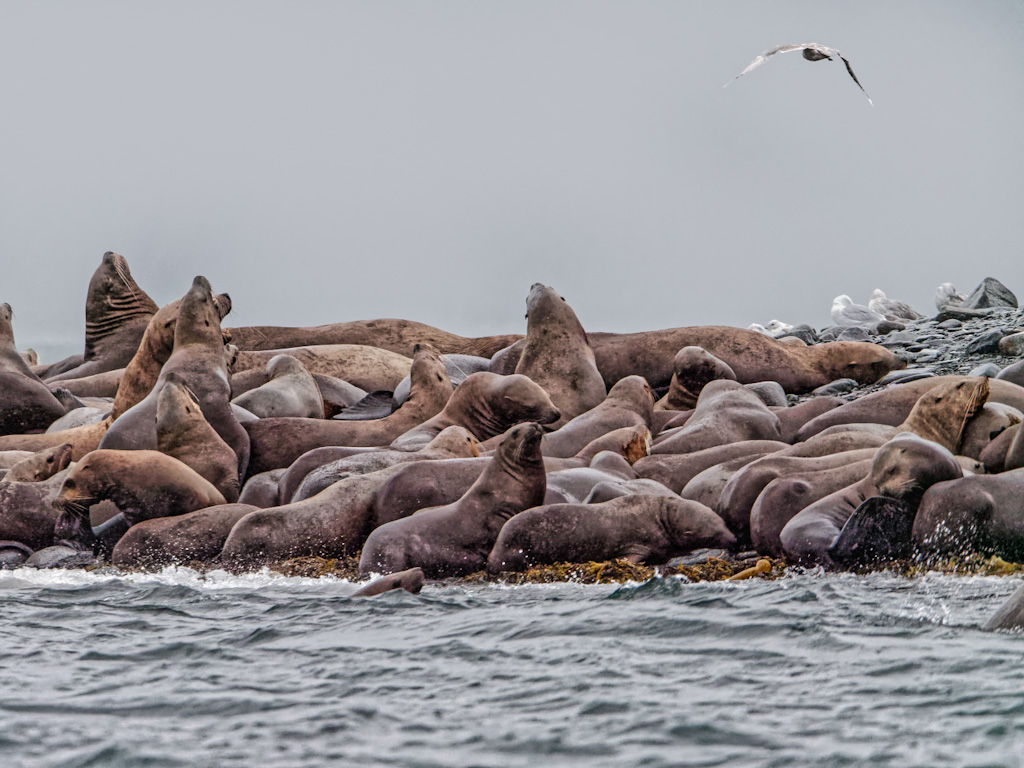
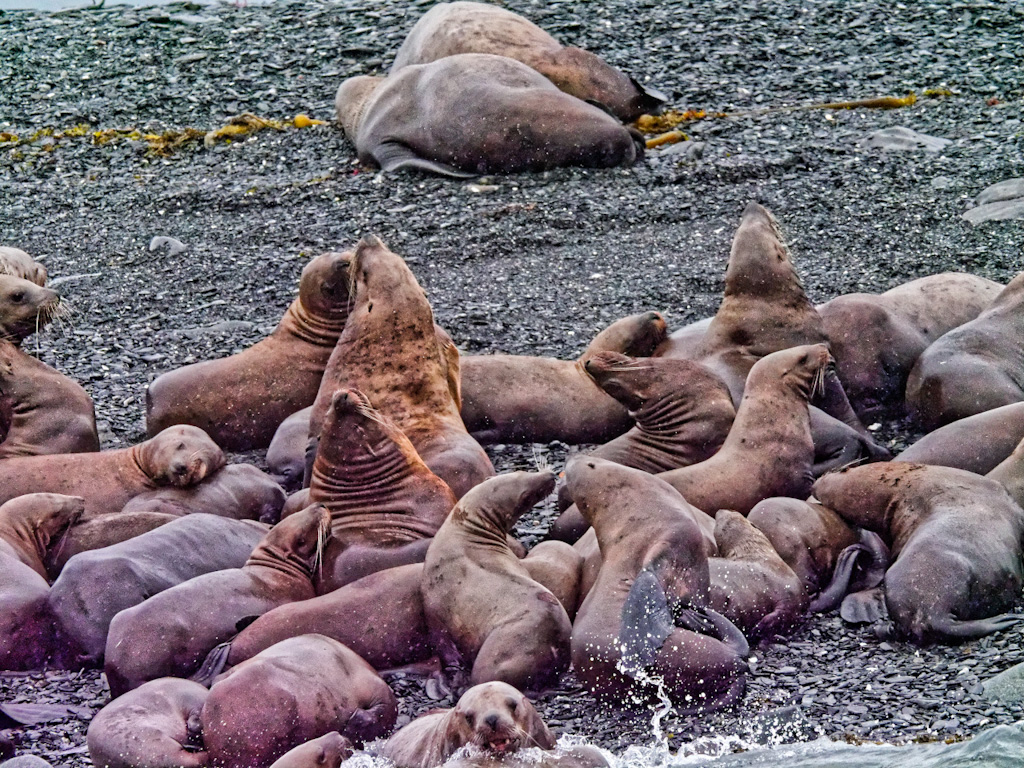
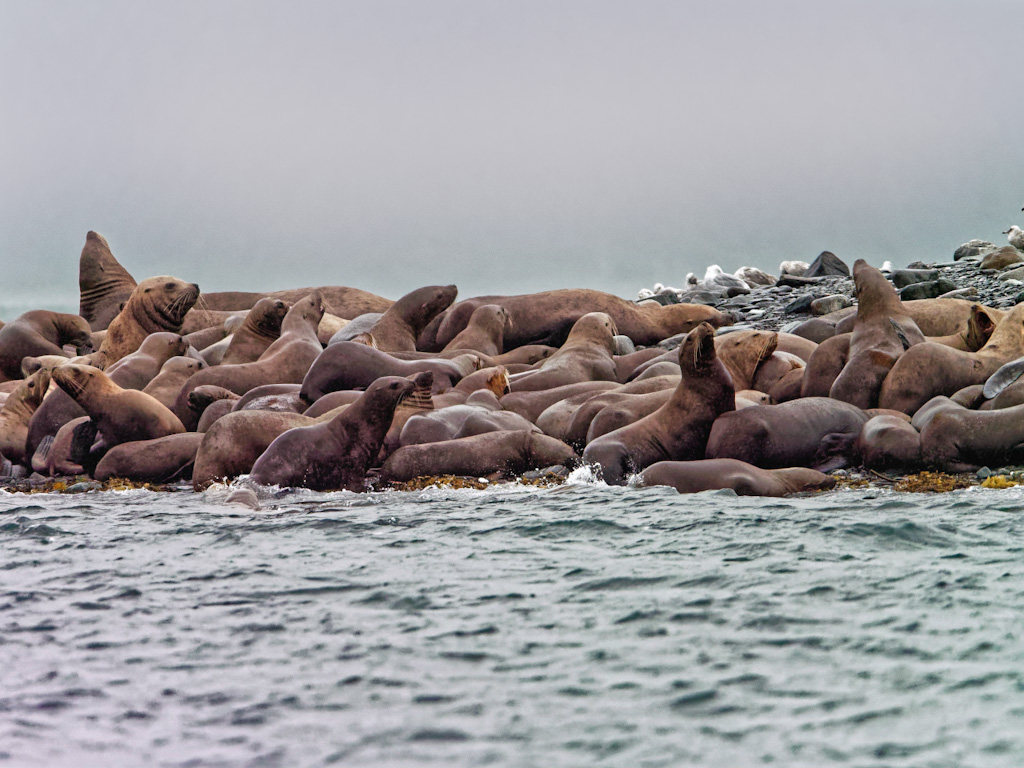
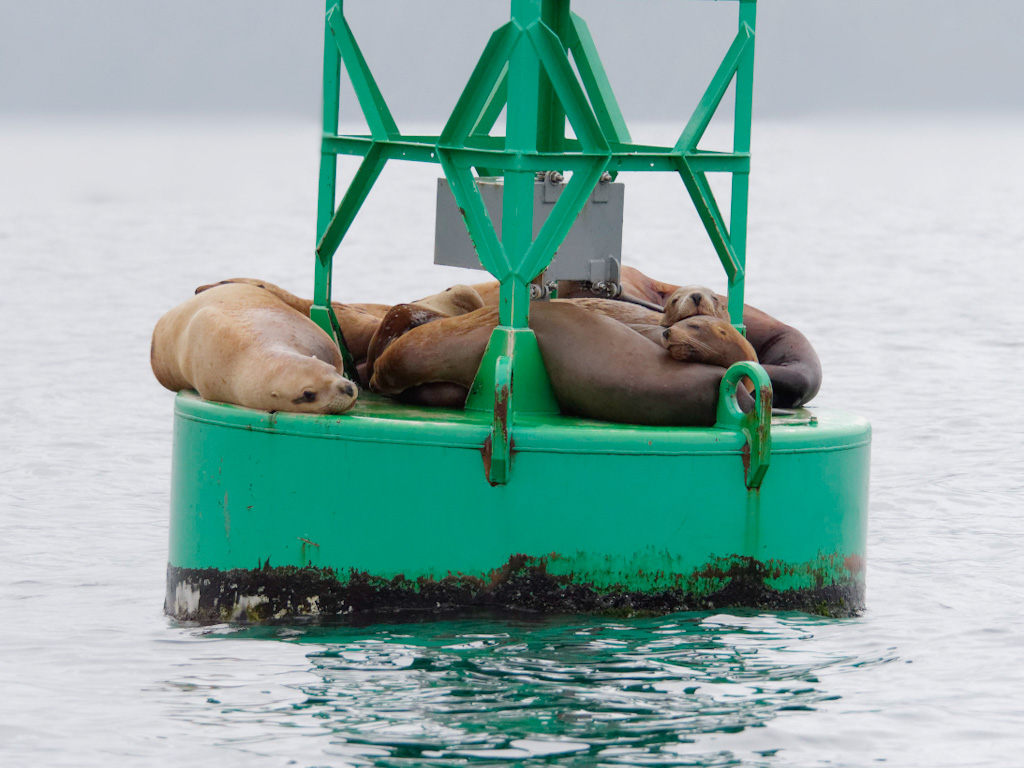
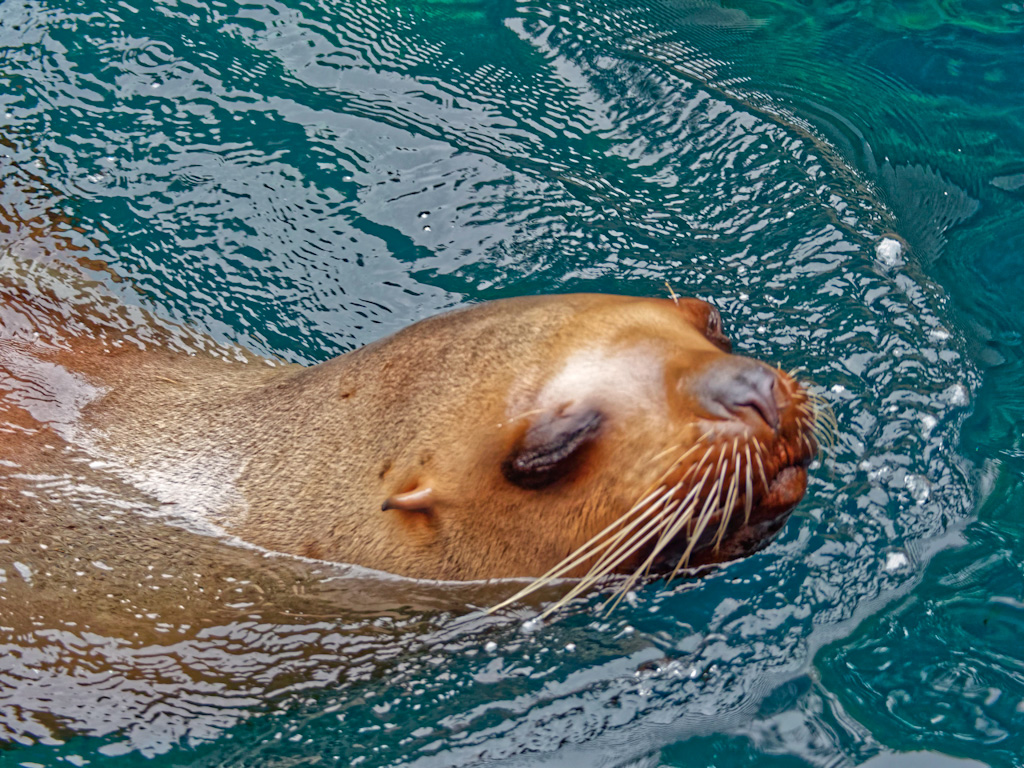
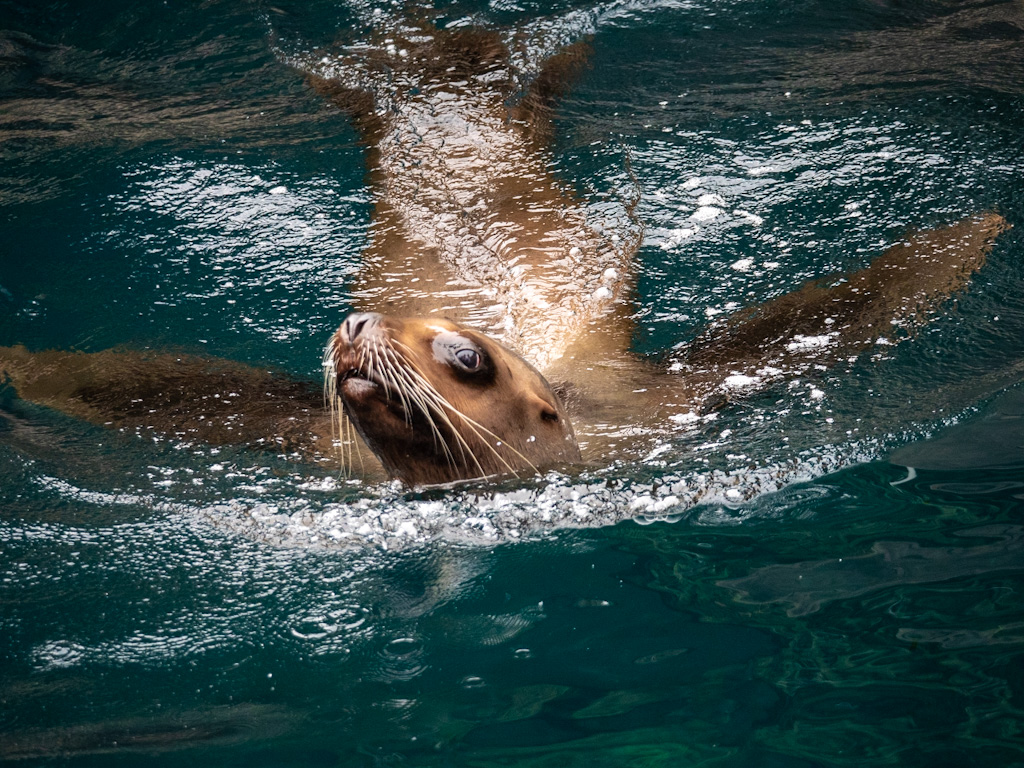
The Steller (or northern) sea lion (Eumetopias jubatus) is the largest member of the family Otariidae, the “eared seals,” which includes all sea lions and fur seals. It is the only member of genus Eumetopias. Otariids differ from phocids, the “true seals,” in having external ear flaps, long forearms resembling flippers used for propulsion, and rotatable hind flippers that allow quadrupedal locomotion on land. At birth, pups have dense, coarse, nearly black fur with a frosty appearance because the tips of the hair are colorless. Color lightens after their first molt in late summer. Most adult females are buff colored on the back. Nearly all males stay darker on the front of the neck and chest; some are even a reddish color. Adult males have prominent, broad foreheads and muscular necks. The sound of a Steller sea lion haulout is a chorus of low-pitched “roars” of older individuals mixed with the “lamb-like” vocalizations of young pups. California sea lions may often be heard among Steller sea lions in southeastern Alaska haulouts; their “barking” sounds are a distinctive cue to look for these smaller, darker sea lions.
Humpback Whales
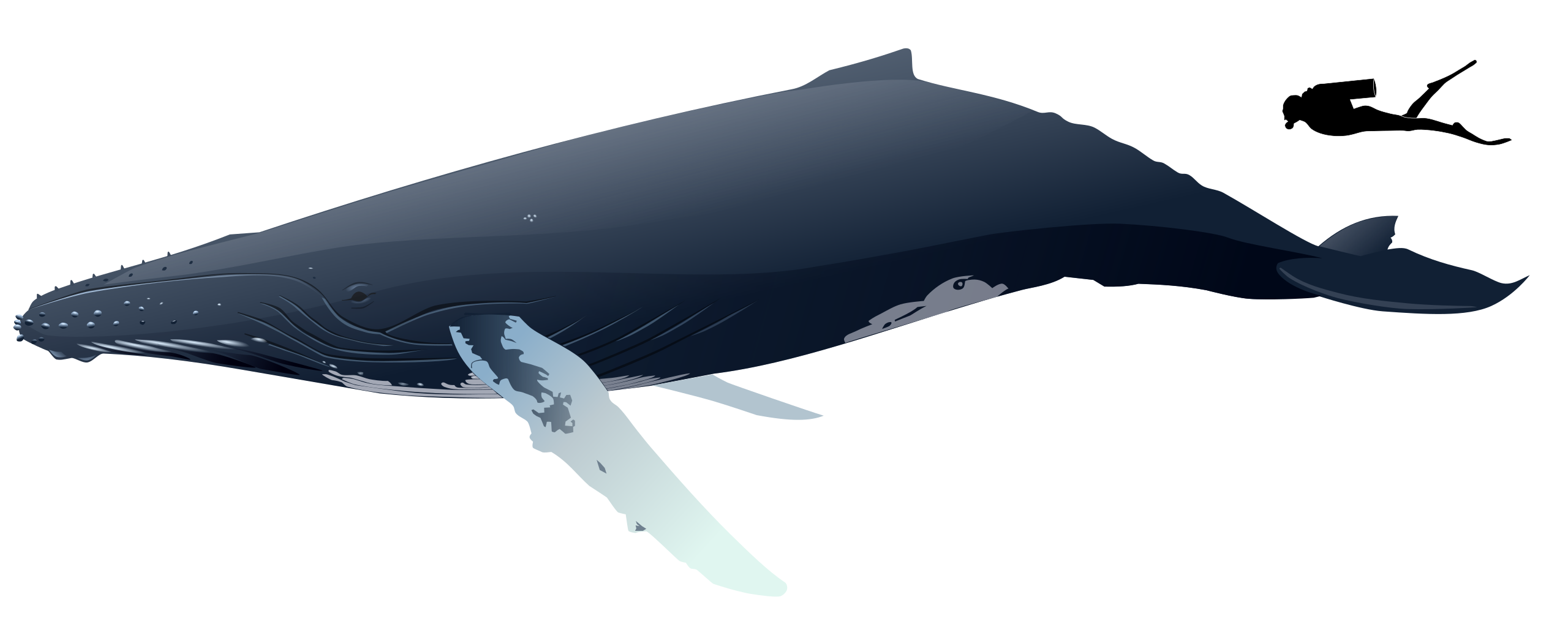
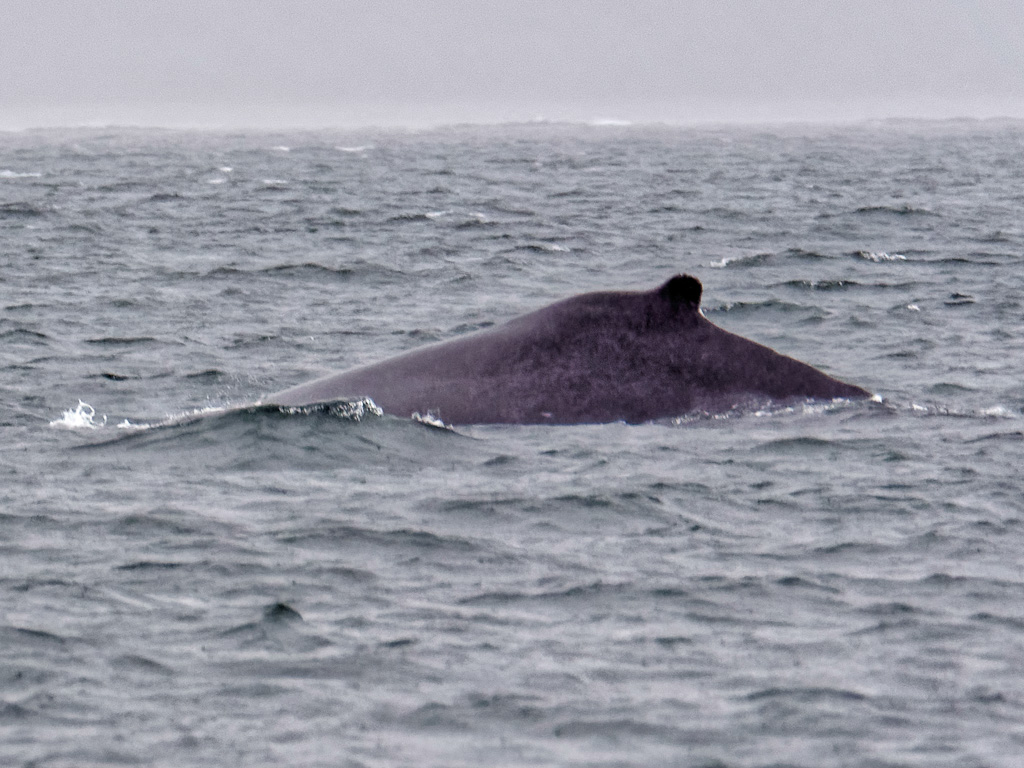
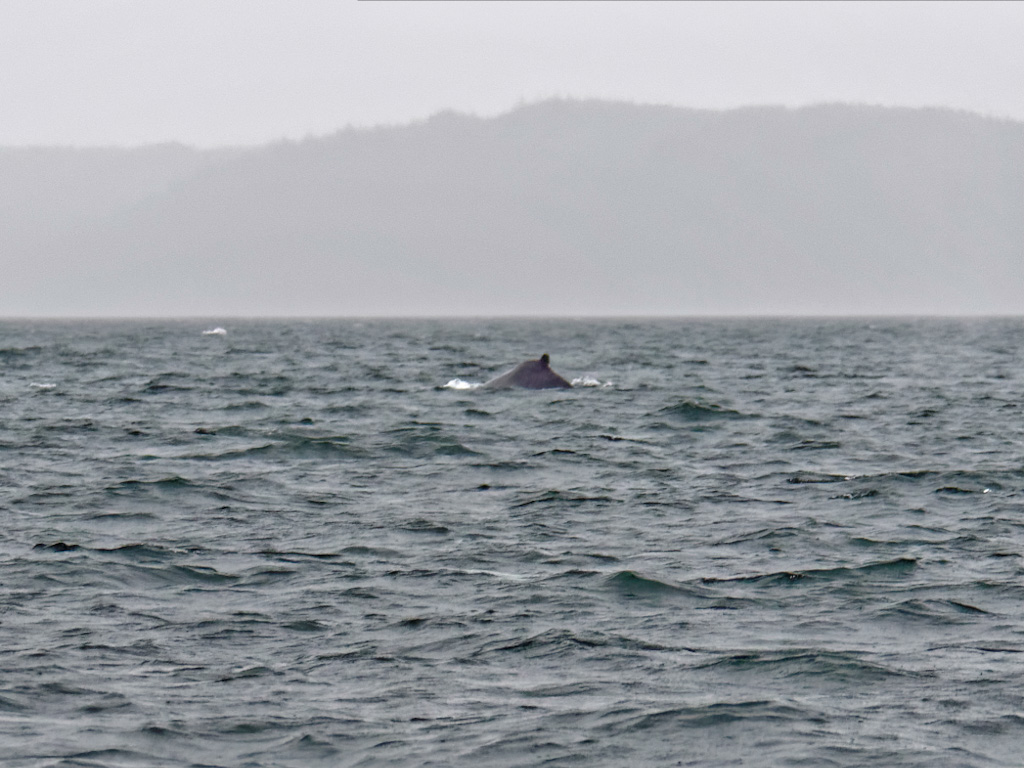
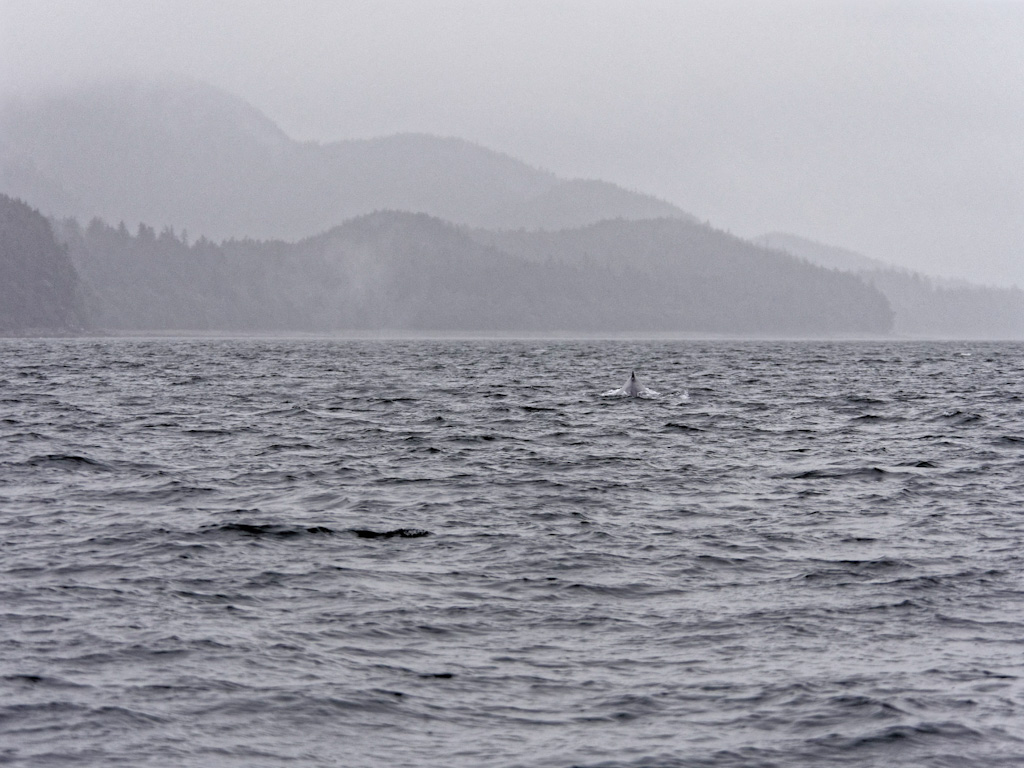
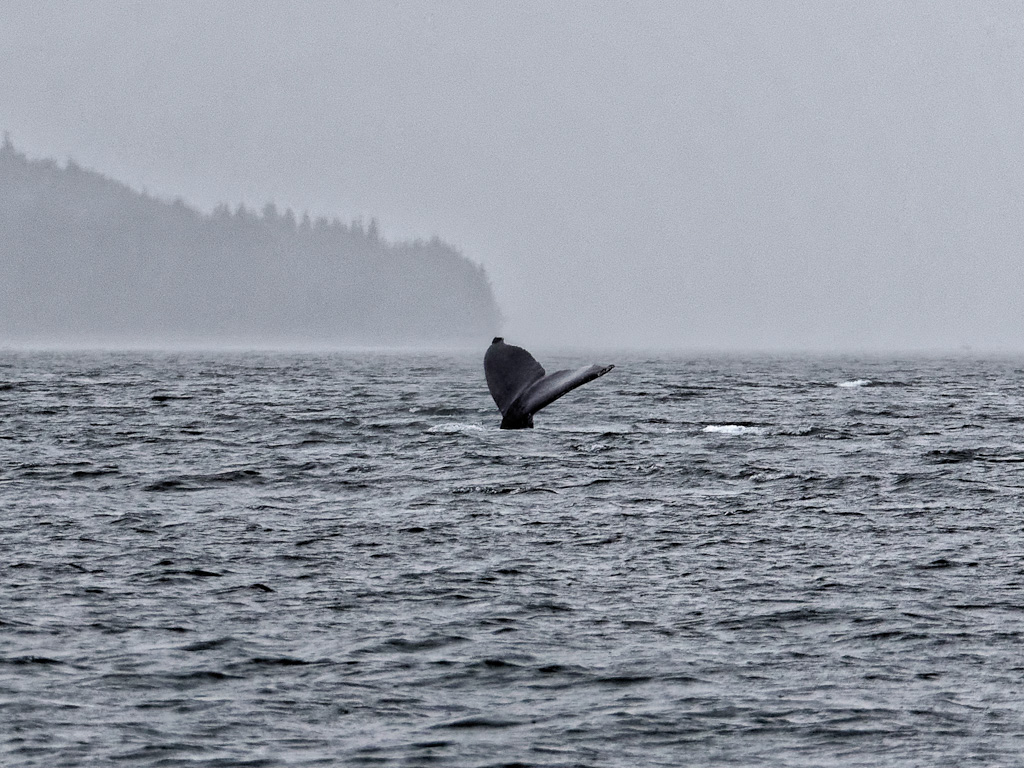
So these are the money shots, you can see that it is not easy to spot the whale in the rough water however. The humpback whale (Megaptera novaeangliae) is a species of baleen whale. One of the larger rorqual species, adults range in length from 39–52 ft (12–16 m) and weigh around 25–30 metric tons (28–33 short tons). The humpback has a distinctive body shape, with long pectoral fins and a knobbly head. Whales often raise their tails, called flukes, out of the water when they dive, and flukes have characteristics that are unique among species and individuals. Researchers use a process called photo identification to identify and monitor individuals and populations over time, all without the need to interact or make contact with the animals. It is known for breaching and other distinctive surface behaviors, making it popular with whale watchers. Males produce a complex song lasting 10 to 20 minutes, which they repeat for hours at a time. Its purpose is not clear, though it may have a role in mating.
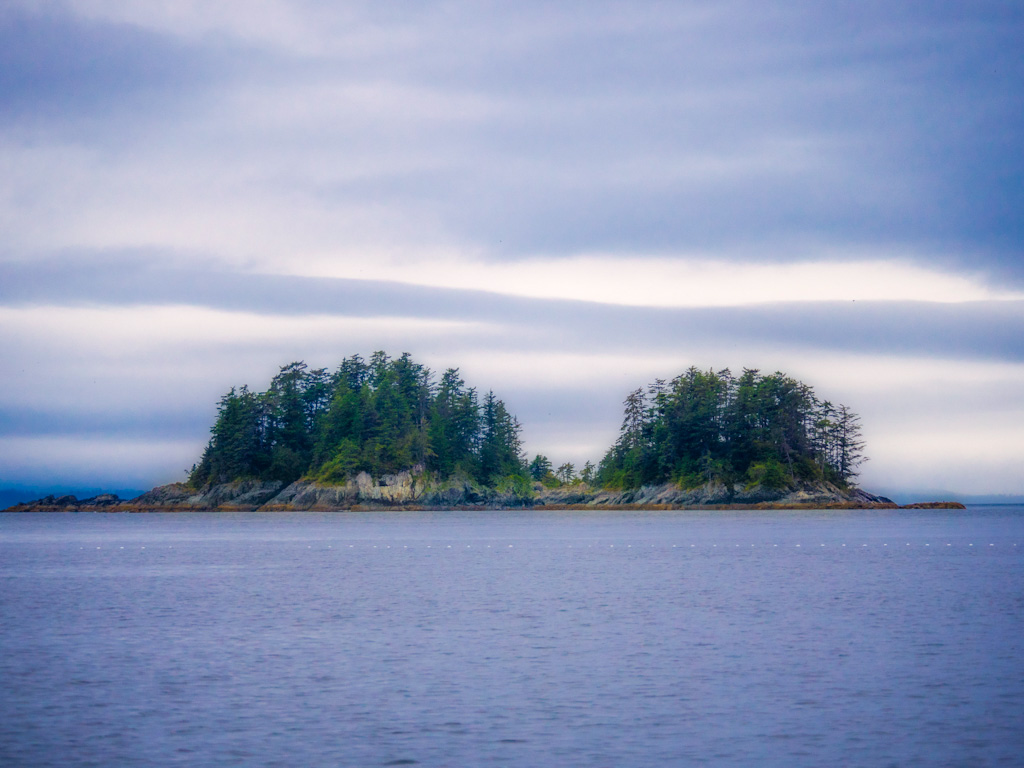
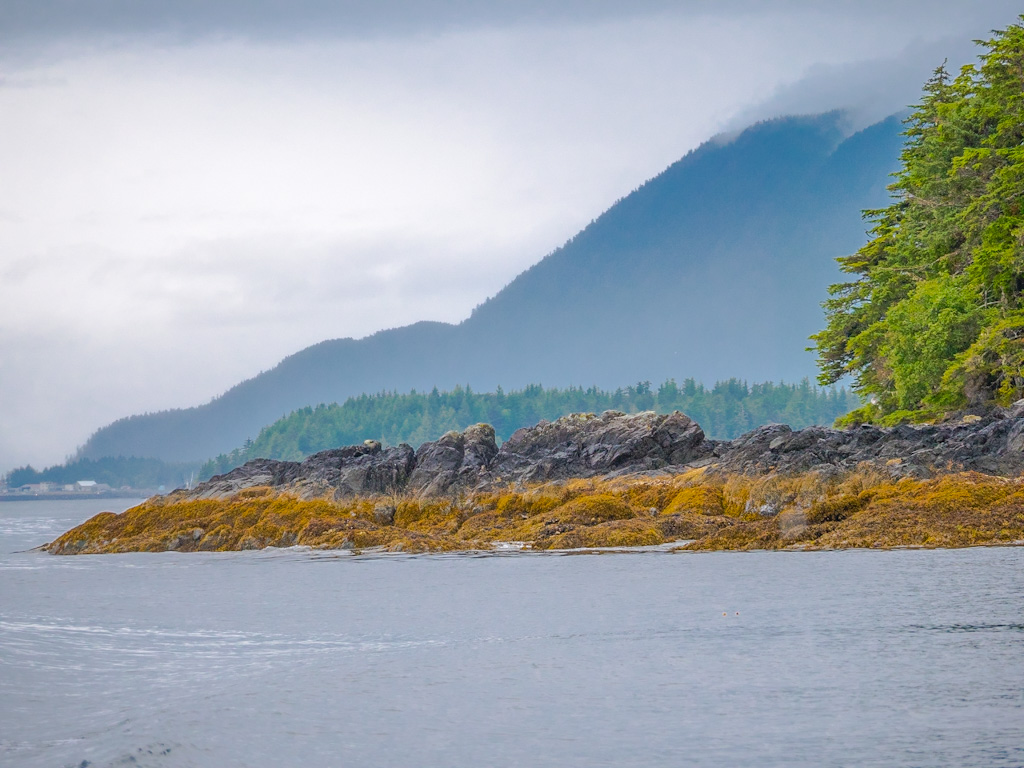
I guess you would ask whether I would do it again, the answer is yes but it it not a trip for the faint hearted. I hope you enjoyed the post.
